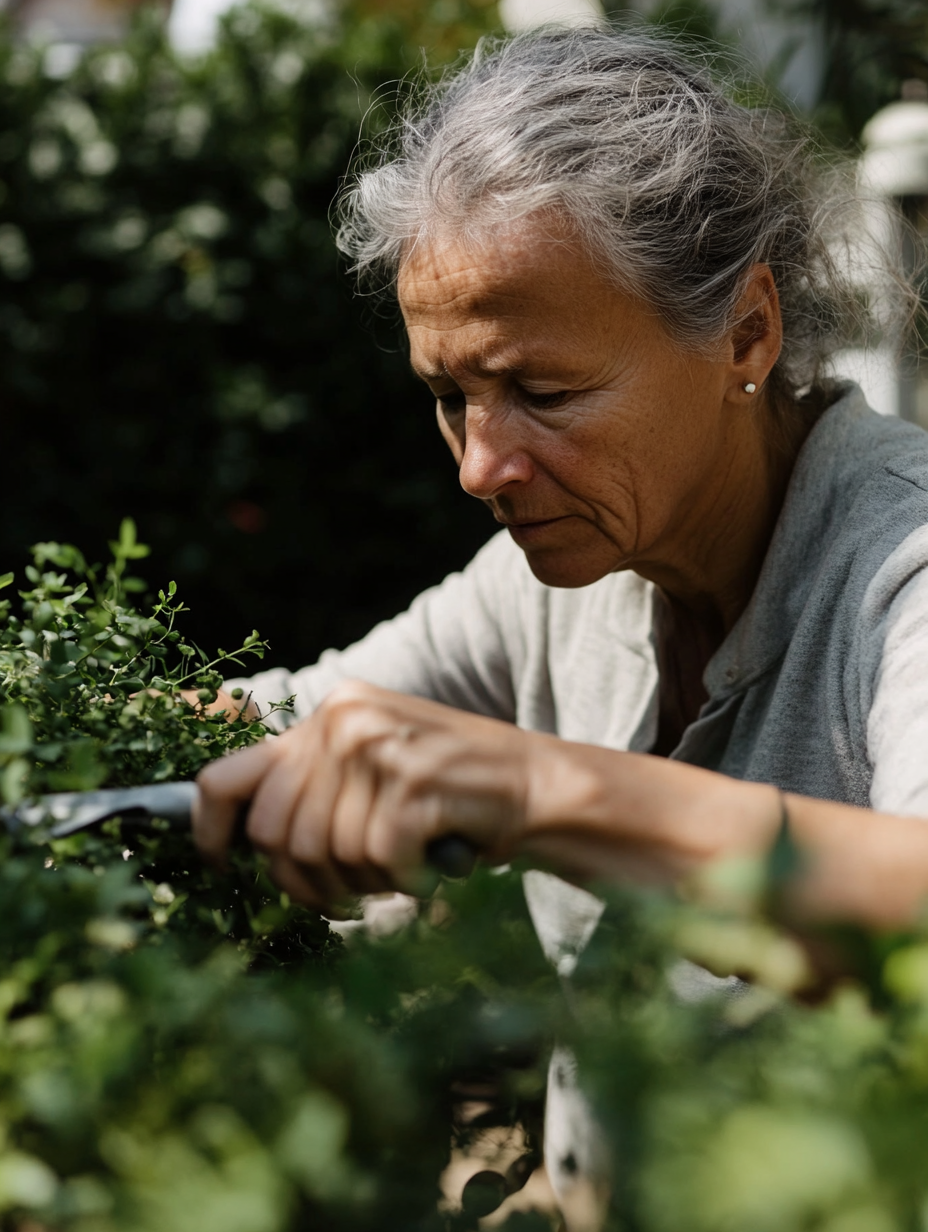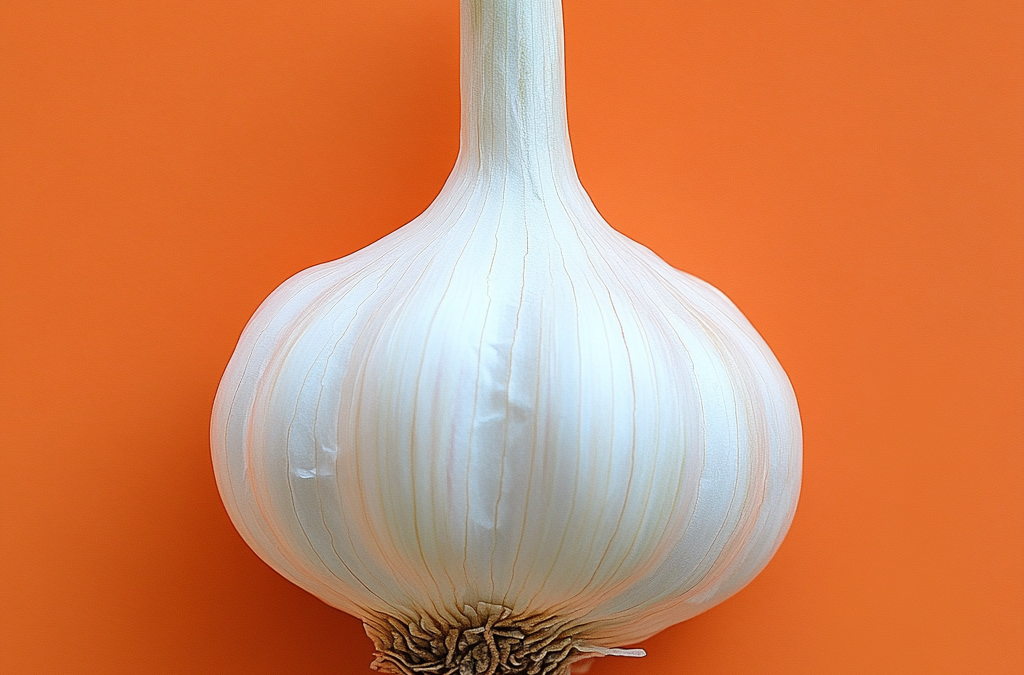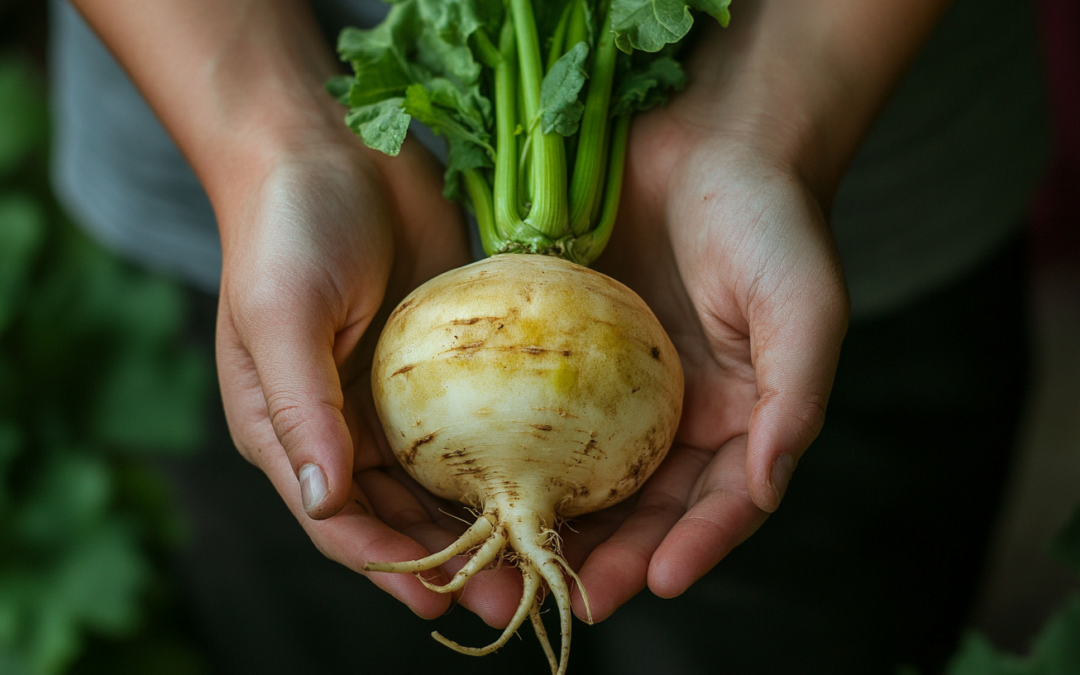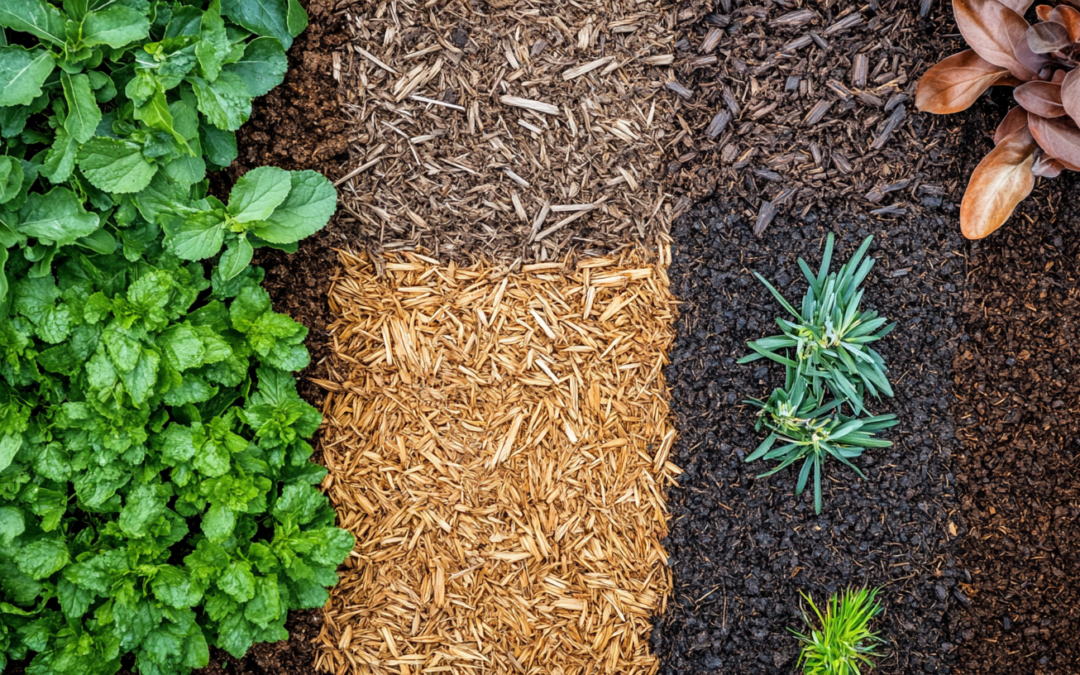Pruning is one of the most important tasks in plant care, yet it’s often misunderstood or overlooked. Proper pruning encourages healthy growth, improves plant shape, and can even boost flower or fruit production. Whether you’re caring for houseplants or outdoor greenery, knowing how and when to prune can make a huge difference in your plant’s overall health.
Why Pruning is Important
Pruning is the process of removing dead, damaged, or overgrown stems and branches. Here’s why it’s essential:
- Promotes New Growth: Pruning encourages the plant to grow more vigorously by redirecting energy to the healthier parts.
- Improves Shape and Size: Regular pruning helps maintain a balanced shape and size, preventing overgrowth and ensuring your plant looks its best.
- Increases Airflow and Light: By removing excess growth, you allow better airflow and sunlight to reach all parts of the plant, reducing the risk of disease and encouraging more robust growth.
- Prevents Disease: Cutting away dead or diseased parts prevents the spread of infections to healthy areas of the plant.
When to Prune
The best time to prune depends on the type of plant:
- Deciduous Plants: Prune these plants in late winter or early spring before new growth starts. This ensures you’re cutting away dead wood while allowing the plant to focus on fresh growth.
- Flowering Plants: For plants that flower in spring, prune them immediately after they finish blooming. If they bloom in summer or fall, prune in early spring before new growth begins.
- Indoor Plants: For most indoor plants, pruning can be done year-round, but avoid cutting during the plant’s dormant period (usually winter).
Tools You’ll Need
Having the right tools makes pruning easier and cleaner:
- Pruning Shears: These are ideal for cutting small stems and branches. Make sure they’re sharp to avoid crushing the plant tissue.
- Loppers: For thicker branches, loppers provide extra leverage.
- Pruning Saw: For larger branches, a saw is necessary to make clean cuts.
- Gloves: Protect your hands from sharp edges and potential irritants.
How to Prune
- Start with Dead or Damaged Parts: Use your pruning shears to remove any dead, diseased, or damaged stems. Cut them back to the base or to healthy tissue.
- Trim Overgrown Areas: Identify any stems that are growing too long or in the wrong direction. Cut them back to encourage a more compact and balanced shape.
- Cut Above the Node: When pruning, always cut just above a node (the point where leaves or branches grow). This encourages new growth from that node.
- Thin Out Dense Areas: If your plant is too bushy, selectively remove some of the branches to allow light and air to reach the inner parts of the plant.
- Shape the Plant: For plants like shrubs or small trees, trim to maintain a natural shape. Avoid over-pruning, as this can stress the plant.
Tips for Specific Plants
- Succulents: Prune dead leaves and stems to keep the plant looking tidy. Avoid cutting too much of the healthy growth, as succulents need energy from their leaves.
- Herbs: Prune herbs like basil and mint regularly to encourage bushier growth. Pinch off the tips to prevent them from flowering, as flowering can reduce the flavor.
- Fruiting Plants: For fruit-bearing plants, prune to remove any growth that doesn’t contribute to fruit production. This ensures the plant’s energy is focused on producing fruit.
Aftercare
After pruning, take care of your plant by watering it well and providing it with appropriate light. Some plants may benefit from a light fertilization after pruning to support new growth.
Pruning is a simple yet effective way to keep your plants healthy, happy, and thriving. By understanding when and how to prune, you can help your plants grow stronger, more beautiful, and more productive. Remember, less is often more—prune with care and always avoid overdoing it.
Happy pruning!



